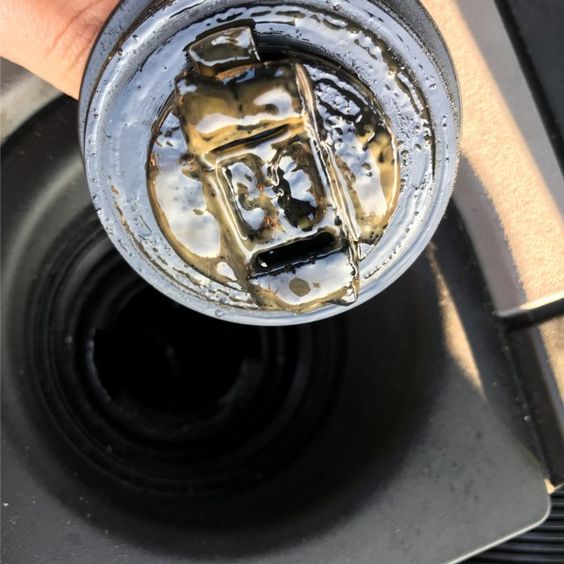Repair instructions
Milky Engine Oil? Here’s What You Need to Know
Summary
If your engine oil appears milky, it likely indicates that water has infiltrated the engine chamber. Driving with contaminated oil can lead to serious engine damage, increased emissions, and clogged oil pump screens. The best solution? Schedule an oil change immediately.
1. What Does Milky Engine Oil Indicate?
Milky engine oil often signifies that water has mixed with the oil. While some condensation around the oil cap is normal—often due to fluctuating temperatures—persistent milky oil on the dipstick is a red flag. If you observe this, it’s essential to flush the oil as soon as possible.

2. What Causes Water or Coolant to Mix with Engine Oil?
Several factors can lead to this issue:
- Flooded Driving Conditions: Water can enter the engine chamber.
- Gasket Failures: Leaks from intake gaskets can allow coolant to seep into the oil.
- Contaminated Filters: These can compromise the oil’s integrity.
3. How to Deal with Milky Engine Oil
If you suspect your engine oil is contaminated, do not start the vehicle. Contaminated oil loses its lubricating properties, putting your engine at risk. Schedule an oil change right away, and be prepared for potential multiple flushes to clear out all contaminants.
4. Dangers of Driving with Contaminated Engine Oil
Driving with milky oil can lead to significant engine problems:
- Loud Engine Noises: Poor lubrication can cause components to grind against each other, producing loud clattering or banging sounds.
- Excessive Smoke from the Exhaust: Contaminated oil can lead to higher emissions, impacting performance and efficiency.
5. Oil Change Basics: What You Should Know
Maintaining your vehicle’s oil is crucial. Here are key points to consider:
- Oil Change Interval: Regular changes are essential for engine health.
- Oil Brand Compatibility: Use oils recommended by your vehicle’s manufacturer.
- SAE and API Ratings: Ensure you’re using the right specifications for your engine.
- Engine Oil Type: Different engines require specific oil types for optimal performance.

6. The Bottom Line
Don’t ignore milky engine oil. Address the issue promptly to prevent costly repairs down the line.
7. Replacing Damaged Engine Components
If you’ve experienced prolonged exposure to contaminated oil, you may need to replace damaged components. Early intervention can save you time and money.
Remember, regular maintenance is the best way to keep your engine running smoothly. If you notice any signs of trouble, don’t hesitate to consult a professional.
